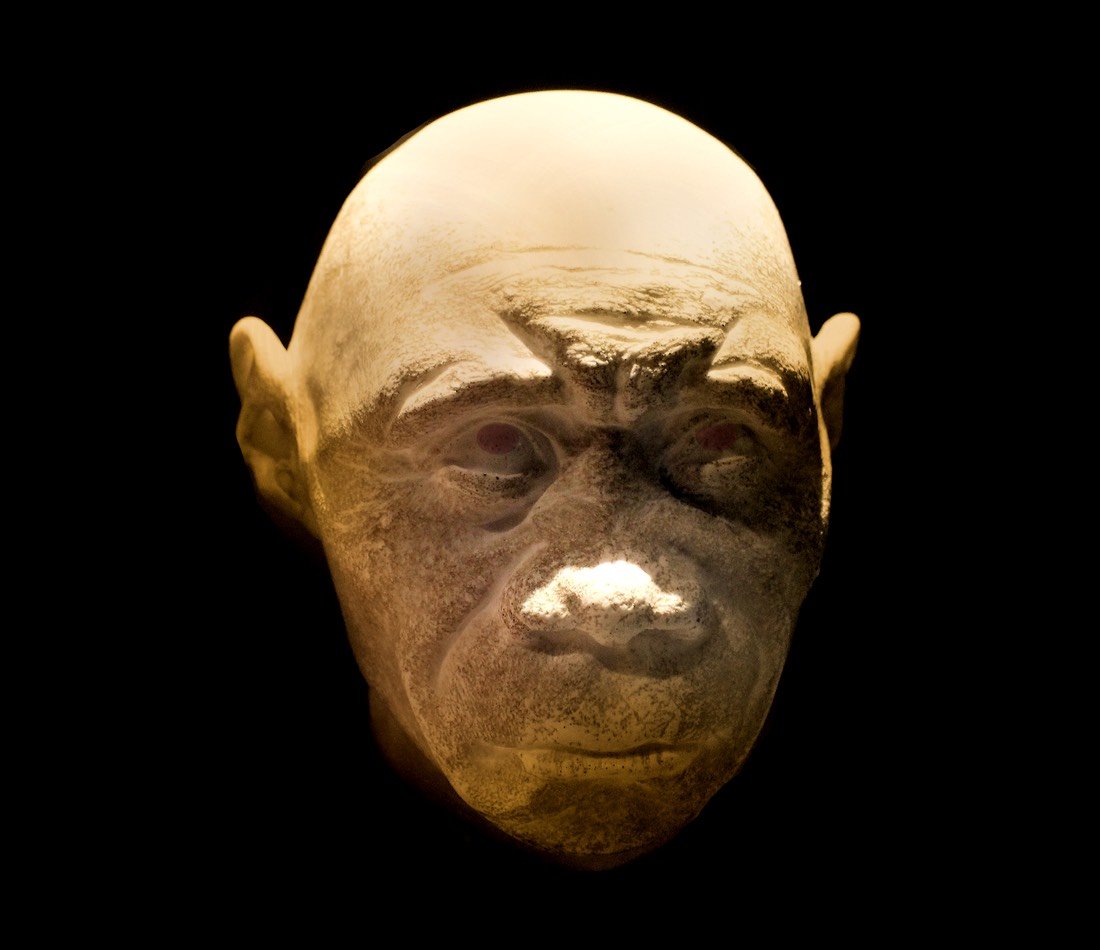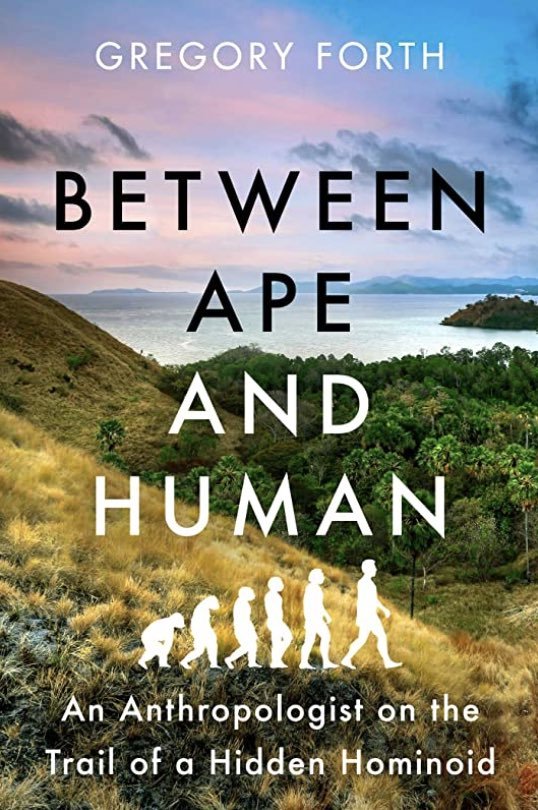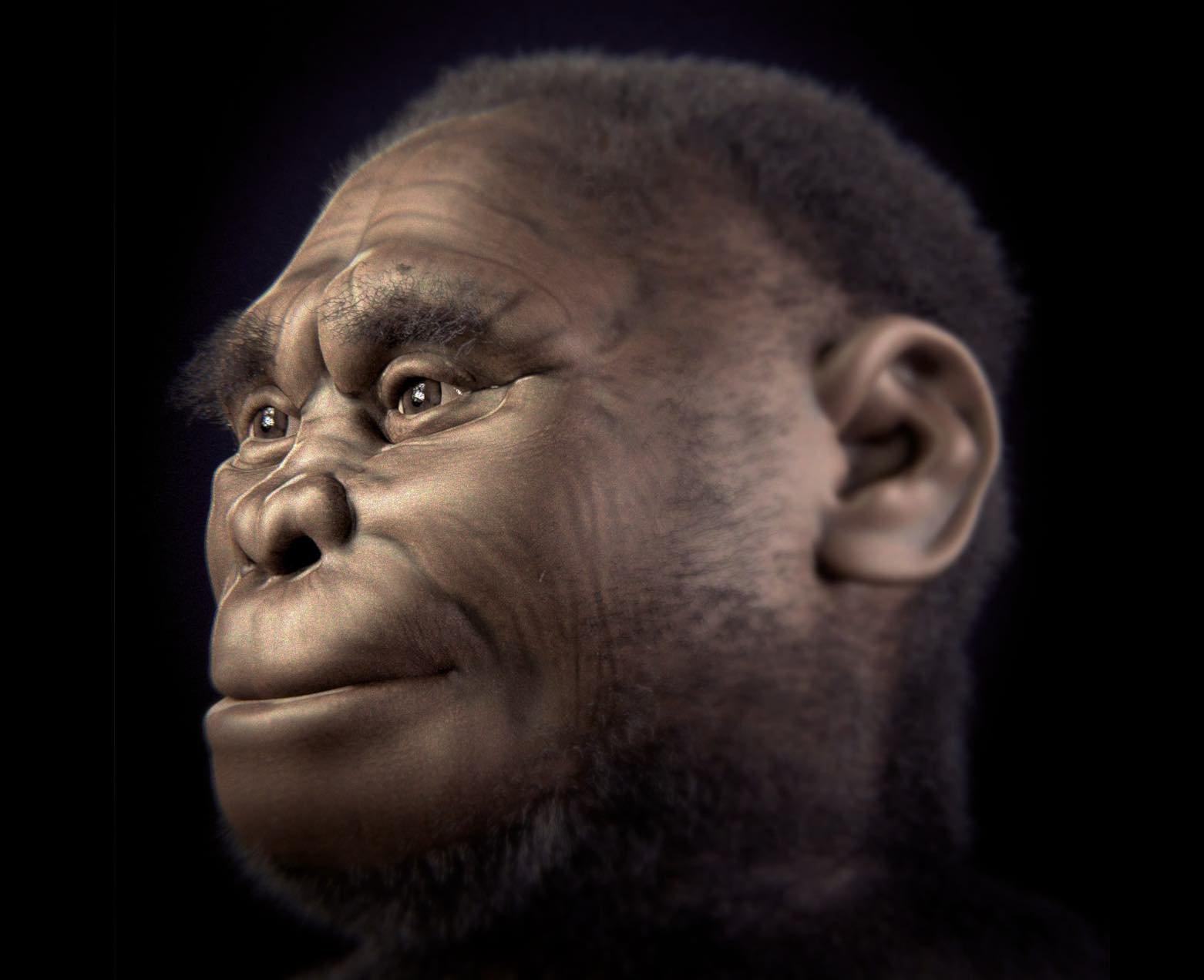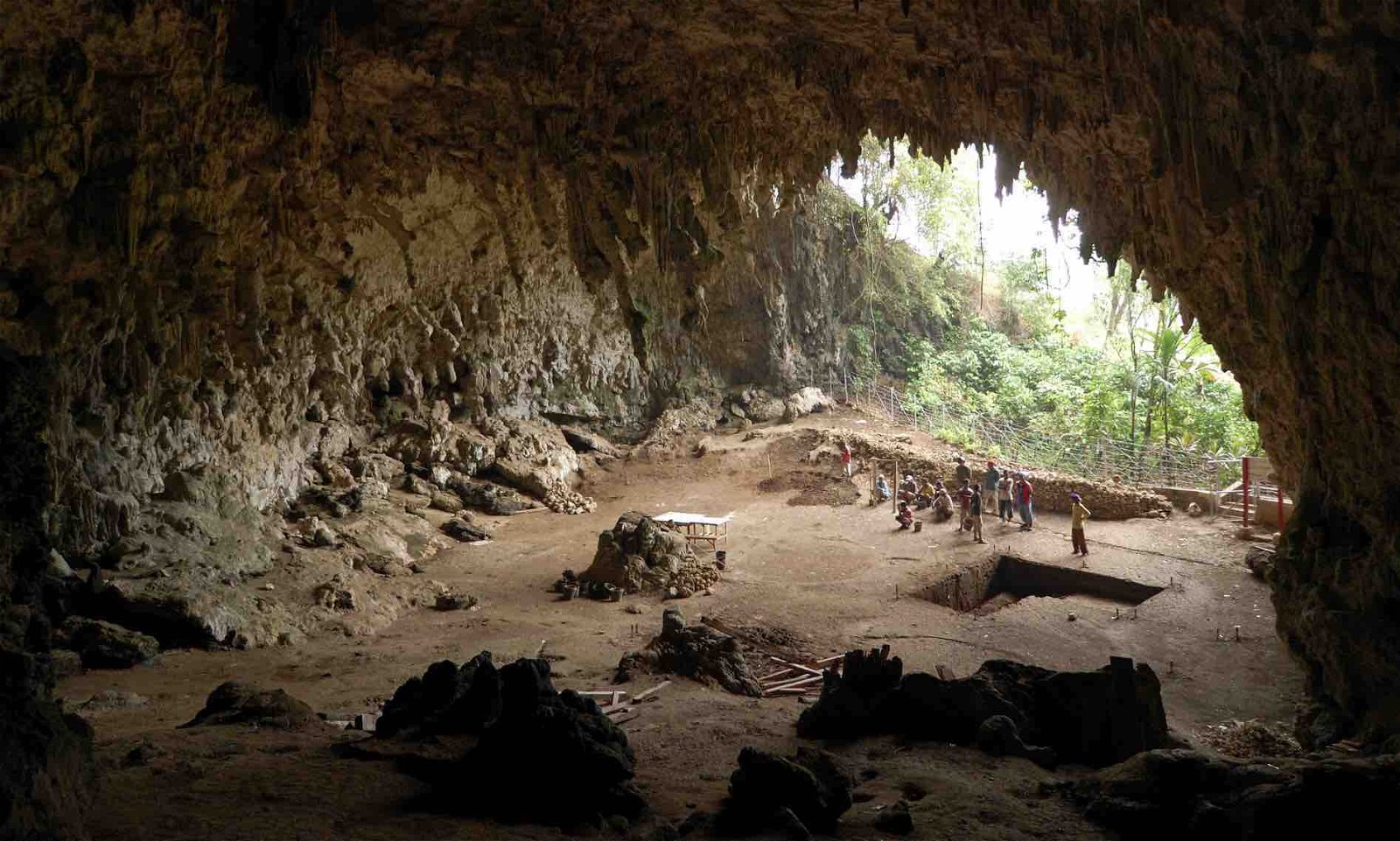50,000 years ago, during the heart of the Pleistocene era, a small variety of humans once thrived on the modern island of Flores, Indonesia. Standing at a little more than a meter tall, the fossil remains of one of these diminutive beings discovered in 2003 at Liang Bua were quickly likened to the beloved hobbits from J.R.R. Tolkien’s Lord of the Rings fantasy novels. Since that initial discovery, remains belonging to nine of these enigmatic ancient dwarfs—formally named homo floresiensis—have been unearthed, offering a rare glimpse of an archaic human cousin that once populated part of the ancient Malay Archipelago.
Depending on whom you ask, some might even tell you that these rare little humanlike creatures are still there on the island today.
Gregory Forth, a retired professor of anthropology at the University of Alberta, was fascinated by the stories of mythical humanlike creatures he began to come across when he began his work on the island in 1984 among the Nagé people of west-central Flores. Having earned his Ph.D. from the University of Oxford four years earlier, in 1986 he became a professor at the University of Alberta, where he remained for over thirty years. As part of his profession, Forth would also continue to conduct fieldwork in Indonesia, eventually becoming a fellow of the Royal Society of Canada and a renowned social anthropologist.


Decades after his initial encounters with tales of “ape-men” on Flores, in 2003 his anthropological work on the island brought him among the Lio people around the eastern district of Mego. There, Forth began to hear new stories similar to those he had encountered so many years earlier, this time involving creatures the locals called lai ho’a, a kind of small apelike humanoid that, to Forth’s intrigue, were suspiciously similar in description to the fossil remains of the extinct homo floresiensis.
However, unlike the earlier stories of legendary “ape-men” Forth had encountered in his earlier anthropological work on the island, the Lio spoke of lai ho’a as though it were very much still alive today.
“What really interested me in the lai ho’a is that it was small, like the figures in Nagé country,” Forth said in an interview, “but it was reckoned still to be alive. And indeed, there were a few people around, it seemed, who claimed to have seen one or more.”
The modern retellings of encounters with the lai ho’a became so common that Forth began collecting them, and eventually sought out additional witnesses who could provide details about their observations of the creature.
However, Forth says it had always been the fossil discovery of homo floresiensis on Flores that caused him to consider that the stories could be more than mere folklore, and might instead represent something tangible—albeit remaining largely hidden—on the island in modern times.
“Indeed, it was floresiensis the fossil that inclined me to go ahead with this research,” Forth told The Debrief.


“When the reports started coming out, I was quite amazed,” Forth says, “because what people were describing—what paleoanthropologists were describing, and indeed reconstructing—sounded very much like what the Lio people had been describing to me the previous summer.”
“Without their having any way of knowing about this paleontological discovery on the western end of the island,” Forth adds.
“So the timing [of] the dates were important here because otherwise, I probably wouldn’t have proceeded as I did.”
By 2005, Forth had decided he wanted to examine stories like those he was hearing from the Lio more closely, resulting in an academic publication, Images of the Wild Man in Southeast Asia, that combined his early fieldwork with additional scholarly material he had retrieved during library studies.
“I continued being interested in the Lio ‘ape-man’,” Forth says, “and further research that was being published about homo floresiensis.” By the time he left Flores in 2018, Forth had gathered a wealth of information about the lai ho’a and began assembling work that culminated in his latest book, Between Ape and Human: An Anthropologist on the Trail of a Hidden Hominoid.


“Although often described as taller or larger-bodied, humanlike creatures
like these ape-men have been reported for other parts of Flores Island, Indonesia,
and other parts of the world,” Forth writes early in the book. “But adding to the intrigue of the lai ho’a is the fact that—unlike similar beings reported from other parts of Flores, which local people consider extinct—these ape-men are claimed to have survived to the present.”
Forth conveys that in addition to the belief among the Lio that at least a few lai ho’a have persisted into modern times, several accounts he deemed to be credible which involved sightings of living specimens from as far back as the 1960s up until as recently as 2019 provide compelling fodder for paleoanthropologists willing to entertain ideas that a small population of “living fossil” archaic humans might still thrive on Flores.
In general appearance, Forth told The Debrief that Lio witnesses describe the lai ho’a as being essentially humanlike, although smaller and possessing several animalistic qualities.
“They stress that it resembles humans in so far as it stands upright, and it walks bipedally.” Forth also says the Lio describe the lai ho’a as being hairier than humans, although “not excessively hairy.”
However, the lai ho’a is most greatly distinguished by its facial characteristics, according to Forth.
“They say the face looks, well, I would say ape-like,” Forth explained. “But they say monkey-like, because they don’t make a distinction between monkeys and apes.”
Amidst the reports Forth has collected, there are three that he says he finds particularly compelling.
“In each case, the hominoid was seen by two or more people at the same time,” Forth told The Debrief.
“Also, in two of the three cases, the specimen was dead,” Forth adds, “so people were able to approach it and get a close look.”
One of the three cases dates to 1972 as a group of Lio men were traveling through a wooded jungle area in the high mountains of Flores when one of the creatures came down an embankment toward their moving vehicle. One of the witnesses, who was from outside the region, said he learned the local name for the creature from the driver of the vehicle, who had been a Lio man.
“So it’s not as though he had at that time any prior baggage,” Forth explains, describing the man’s experience as having been unique in that it shared the hallmarks of other stories he had heard from Lio residents while coming from an outsider to their community.
A case that Forth calls among the best that he collected involved a man who, in 2010, discovered the remains of one of the creatures.
“He was able to describe it in some detail,” Forth told The Debrief, adding that the principal witness’s family members also saw the corpse.
“Local people regard these things as real,” Forth says. “And at the same time, they find them quite uncanny.”
“They’re scared of us,” Lio locals told Forth, “and we’re scared of them.”


“Nevertheless,” Forth says, “what they were able to tell me was certainly detailed enough to convince me that they had, in all likelihood, seen something that closely matched their descriptions.”
Described as “the only firsthand investigation by a leading anthropologist into the possible survival of a primitive species of humans,” Forth’s book detailing his work on the island has received praise, in addition to generating some degree of controversy for its unique subject matter. In the absence of physical evidence, making a strong case for the existence of the lai ho’a remains difficult, a challenge that Forth recognizes.
However, in light of the similarity between descriptions of the creatures and fossil remains of homo floresiensis found on the island, the argument that such a creature could persist in modern times—speculative though it remains—is somewhat strengthened.
When it comes to the individual cases he examined, Forth said in a recent interview that perhaps not all of them can be taken as reliable representations of the living reality of the Lai ho’a. Yet if only one or two were valid descriptions of an unrecognized species–a veritable “living fossil”, as past discoveries have been called, it would be a discovery that could fundamentally upend many long-held views in the field of evolution and paleoanthropology.
“Each case, I think, has to be taken on its own merits,” Forth says.
Micah Hanks is the Editor-in-Chief and Co-Founder of The Debrief. He can be reached by email at micah@thedebrief.org. Follow his work at micahhanks.com and on Twitter: @MicahHanks.

